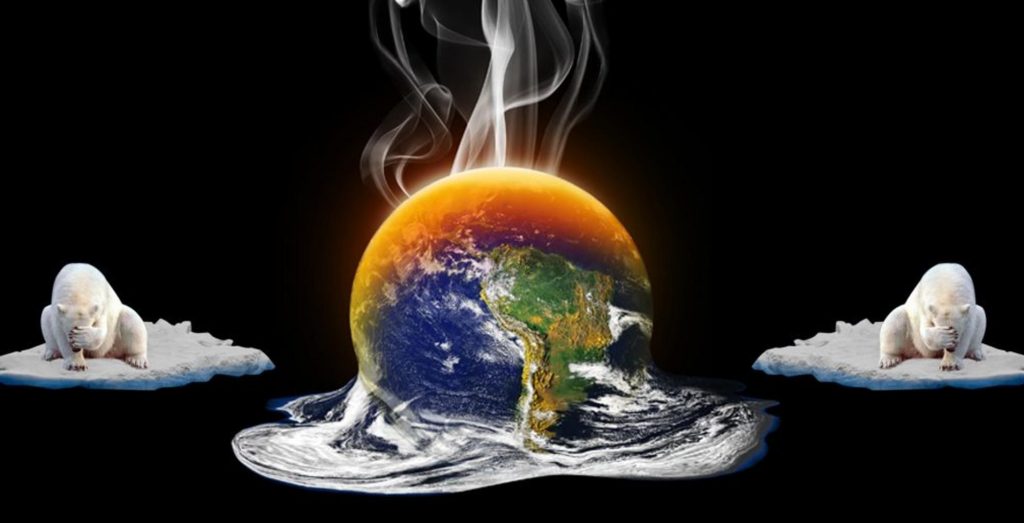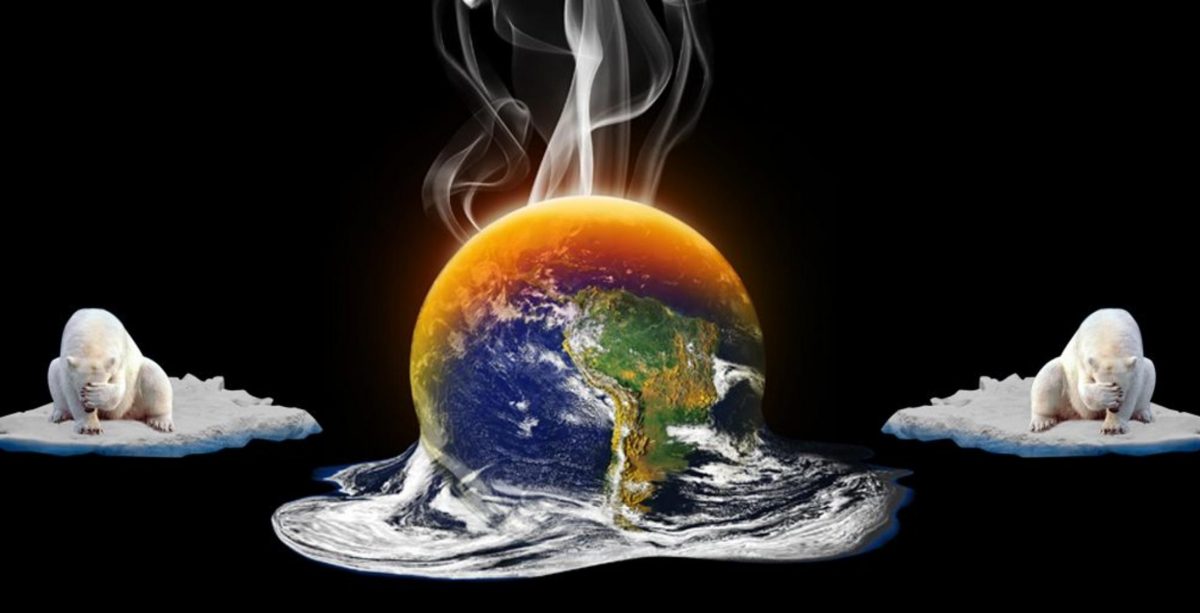This summer was one of the worst summers globally with record-braking natural disasters. There were wildfires in the south Europe and in sub-Arctic, serious floods in China and western Europe and heatwaves along with drought in North America. All these catastrophes are results of numerous interconnections and feedback loops in the climate system. Our planet is suffocating, and the worst consequences are yet to come, so it urgent to make changes and reverse this trend! UN has already stated that 2021 is the last year for us to take real action in the fight against rising global temperatures. Artificial Intelligence is rapidly growing and integrating in every aspect of our lives with prospects to play a major role in helping us slow down the evolving climate change

How could this happen?
There are many ways artificial intelligence can power climate change strategy and address this challenge. Some of them are the following.
First and foremost, AI can change the way we commute and make it more efficient. This technology is used to power and improve battery energy management of autonomous electric vehicles, buses, or trains, mitigating emissions and opening the way for decarbonizing transportation. Furthermore, advanced programs and algorithms can be used optimizing traffic lights, routes for fleets and reducing traffic jam.

On top of that precision agriculture and the use of drones’ capabilities in surveillance of forests are another areas where AI technology impacts profoundly. Through precision agriculture drones follow up information provided by AI program and are deployed to target an area affected of specific pests though preventing mass usage of pesticides. In addition, deforestation contributes roughly 10% of global greenhouse-gas emissions (Karen Hao, 2019) but can be tackled and reversed through environmental monitoring. Satellite and drone imageries combining them with computer programs can inspect and evaluate the loss of trees at a much greater scale.

Another area that AI technology can contribute to is to renewable energy by optimizing it. Generating electricity from solar and wind energy is one of the best choices but harnessing process still faces some issues because it is difficult to calculate the amount of demand regarding to the amount of supply, to predict weather conditions etc. Machine Learning and algorithms can generate and process this kind of data and turn them into useful information by gaining insights on ways of meeting those demands. Last but not least, AI by predicting weather changes could monitor and operate power plants in the most efficient way.

Overall, AI might not be the silver bullet, but it can be deployed in order to facilitate and help us address climate change.
Resources:
https://www.forbes.com/sites/forbes-personal-shopper/2021/10/01/best-body-lotions/?
https://www.technologyreview.com/2019/06/20/134864/ai-climate-change-machine-learning/
https://www.nationalgeographic.com/environment/article/artificial-intelligence-climate-change
https://www.mygreatlearning.com/blog/machine-learning-to-solve-climate-change/






